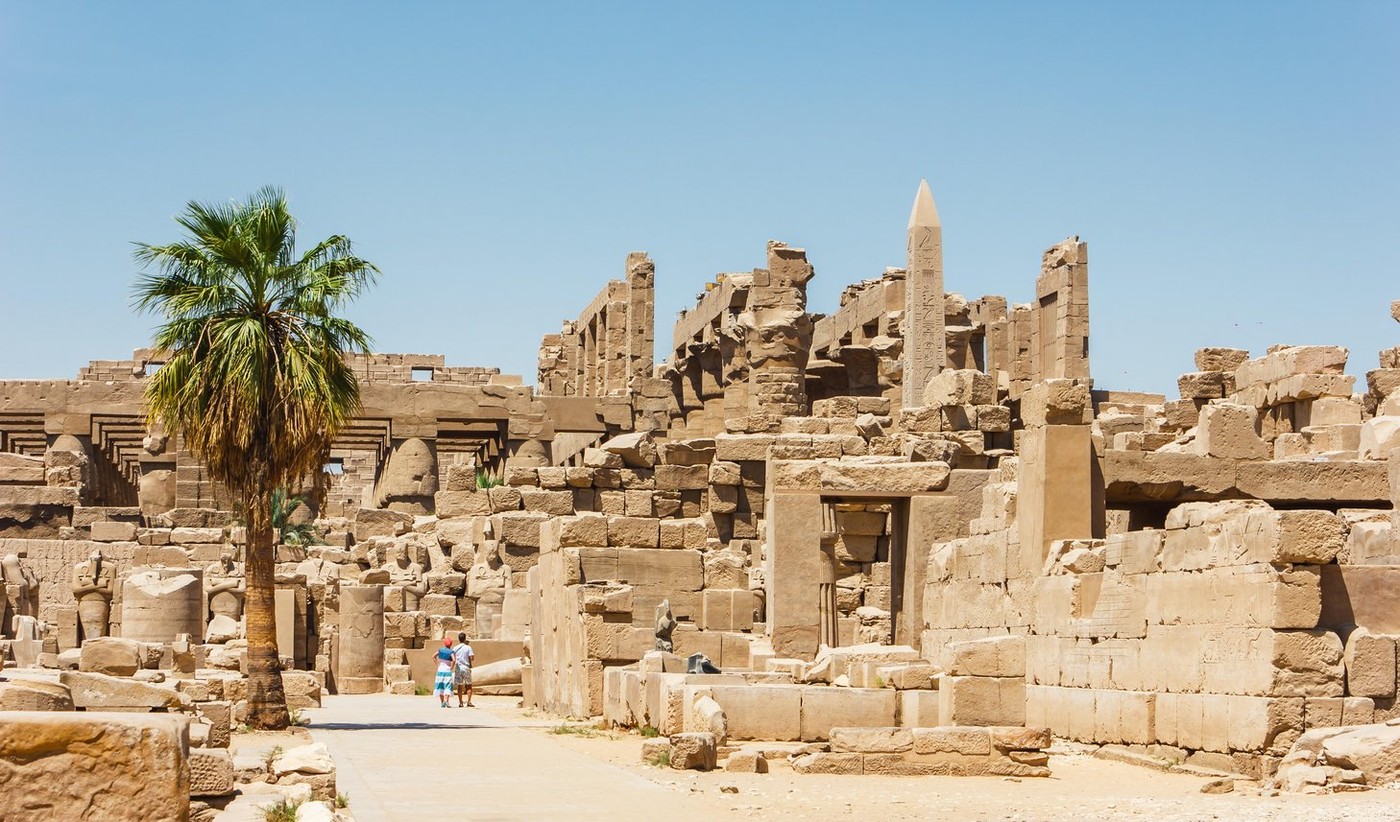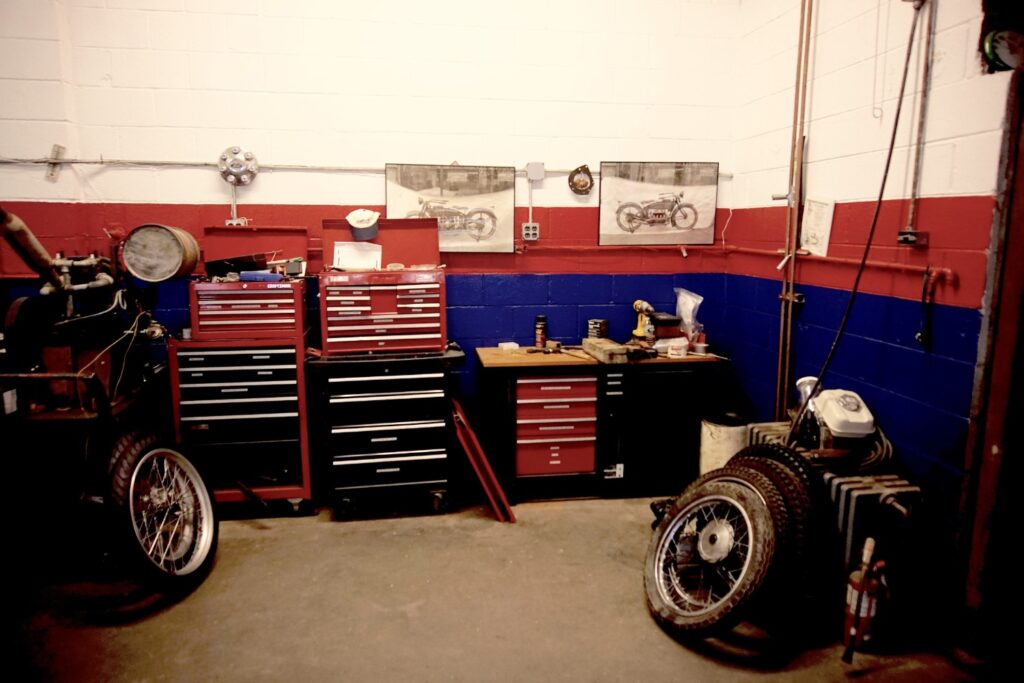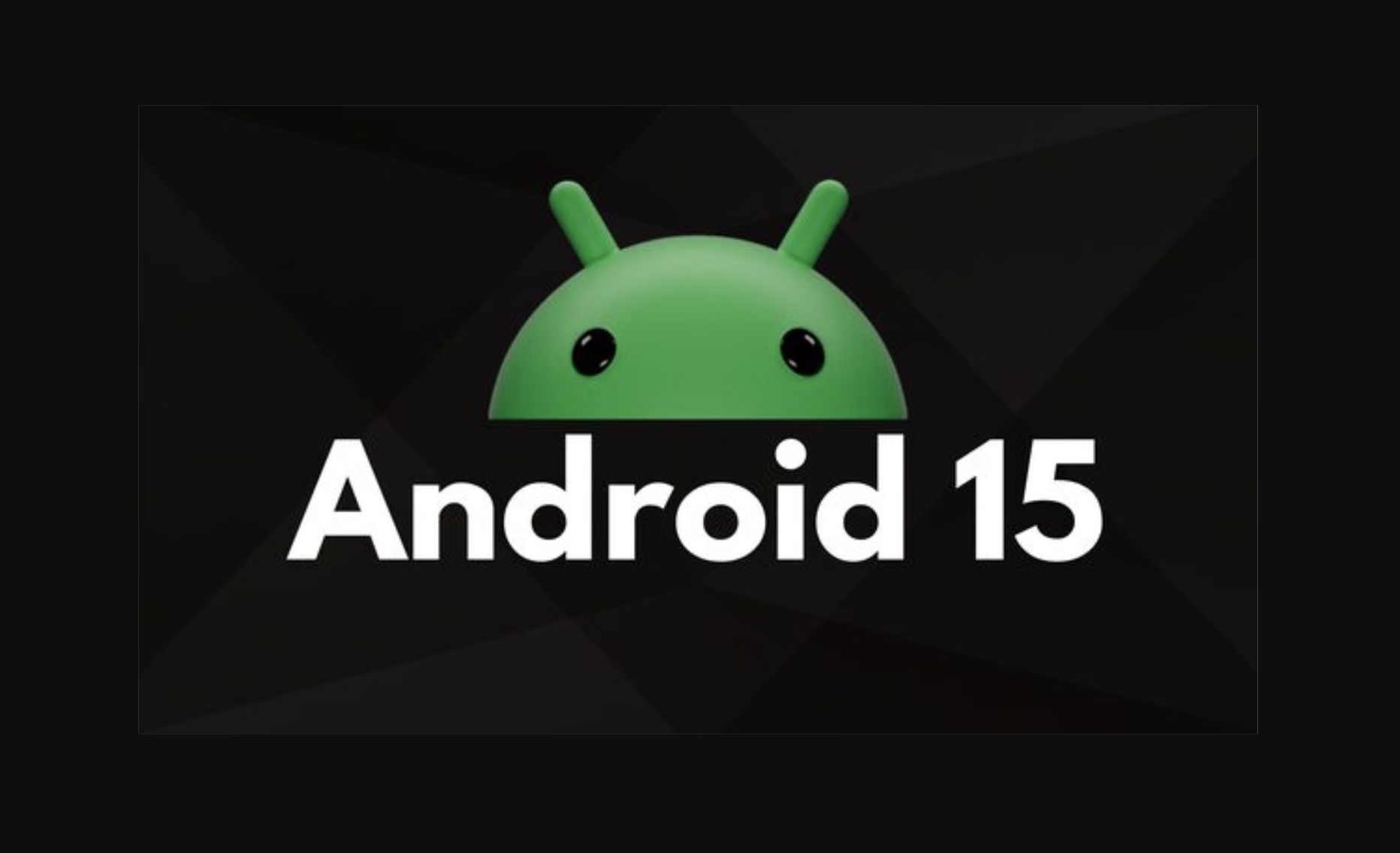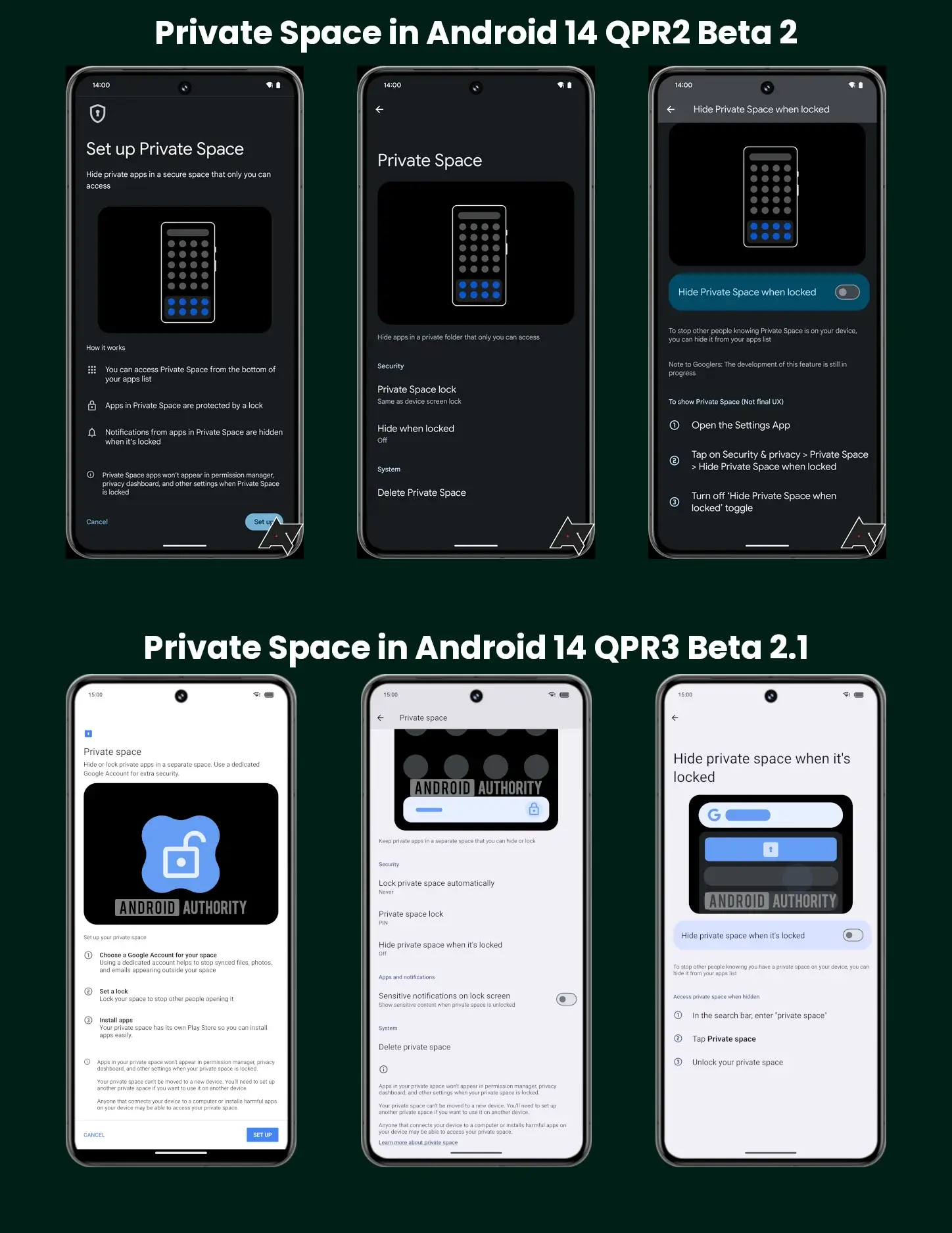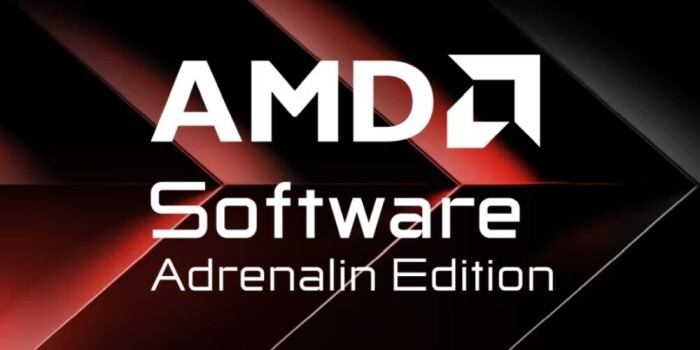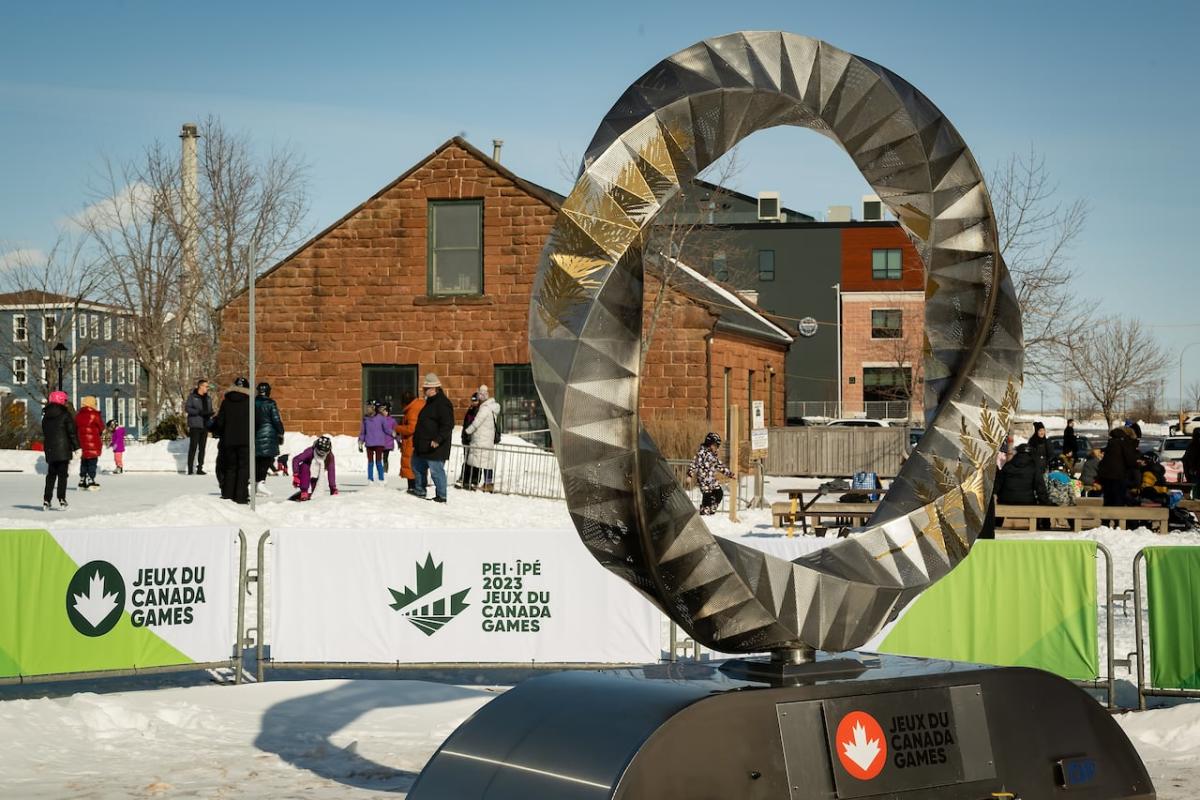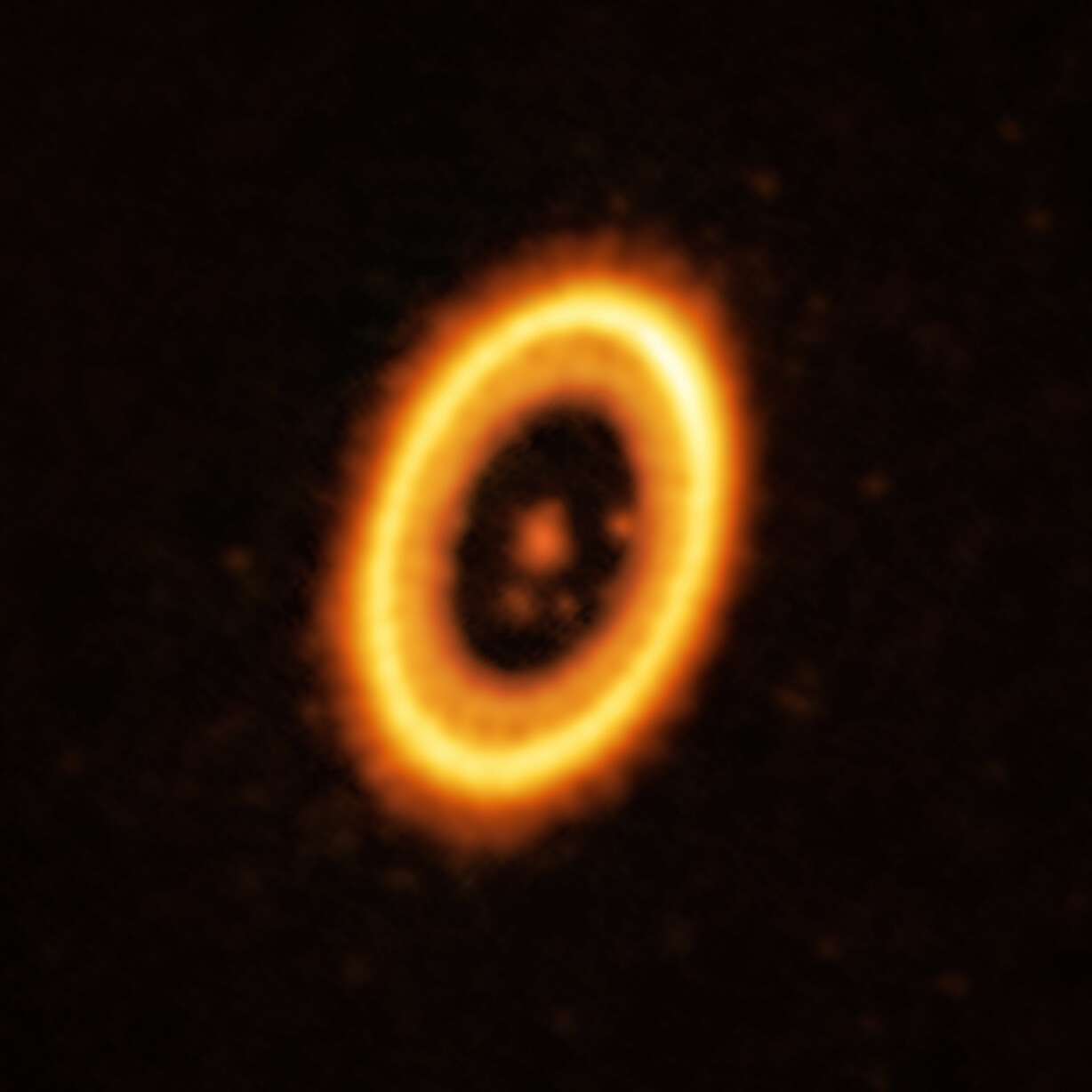A possible “sister” of a planet orbiting a distant star has been found using the Atacama Large Millimeter/Submillimeter Array (ALMA). The research team discovered a cloud of debris in the same orbit as the planet, and they believe it may be the building blocks of a new planet or the remnants of a planet that has already formed. If this finding is confirmed, it would be the strongest evidence yet that even two exoplanets could share an orbit.
“Two decades ago, pairs of planets of similar mass were theoretically expected to orbit their star in the same orbit, the so-called Trojans or co-orbiting planets. We have now found evidence for this theory for the first time,” said Olga Balsalobre-Rosa, a student at the Center for Astrobiology in Madrid, Spain, who led the research described in the study published in the Journal of Astronomy and Astrophysics.
Trojans, rocky bodies in the same orbit as a planet, are common in our solar system, the most famous example being the Trojans of Jupiter – more than 12,000 rocky bodies orbiting the sun in the same orbit as the gas giant planet. Astronomers speculated that Trojans, especially the Trojan planets, might exist around other stars, but there is little evidence of their existence. “Until now, exoplanets (Trojans outside the solar system) have been like unicorns: they could theoretically exist, but no one has ever discovered them,” said co-author Jorge Lillo Box, principal investigator at the Center for Astrobiology.
Using ALMA, an international team of scientists has found the strongest observational evidence yet of the presence of Trojan planets in the PDS 70 system, which is located about 400 meters away from the light. This young star hosts two giant Jupiter-like planets, PDS 70b and PDS 70c. By analyzing ALMA’s archival observations of the system, the research team discovered a debris cloud at the orbital site of PDS 70b where the Trojans are expected to appear.
The Trojans are located in the so-called Lagrange regions, that is, two large regions of the planet’s orbit, where the combined gravity of the star and the planet can trap matter. When studying these two regions of PDS 70b’s orbit, astronomers detected a faint signal from one of them, indicating a debris cloud roughly twice the mass of the Moon.
The team believes this debris cloud could be an existing Trojan world or a nascent planet in this system. “Who can imagine two worlds where the length of the year and the living conditions are the same? Our work is the first evidence that such a world can exist,” says Palsaloper-Rosa. “We can imagine that a planet could share an orbit with thousands of asteroids, like Jupiter, but it is surprising to me that planets can share the same orbit.”
“Our research is the first step in searching for planets with common orbits in the early stages of their formation,” said co-author Nuria Huilamo, a researcher at the Center for Astrobiology. “The findings also raise new questions about the formation, evolution and replication of Trojan horses in different planetary systems,” added Itziar de Gregorio Monsalvo, head of ESO’s scientific office in Chile, who also contributed to this research.
To fully confirm the discovery, the team will have to wait until 2026, when they will use ALMA to see if PDS 70b and its debris cloud have moved significantly along in their orbit around the star. This would be a breakthrough in the field of exoplanet research.
source: rain
comment


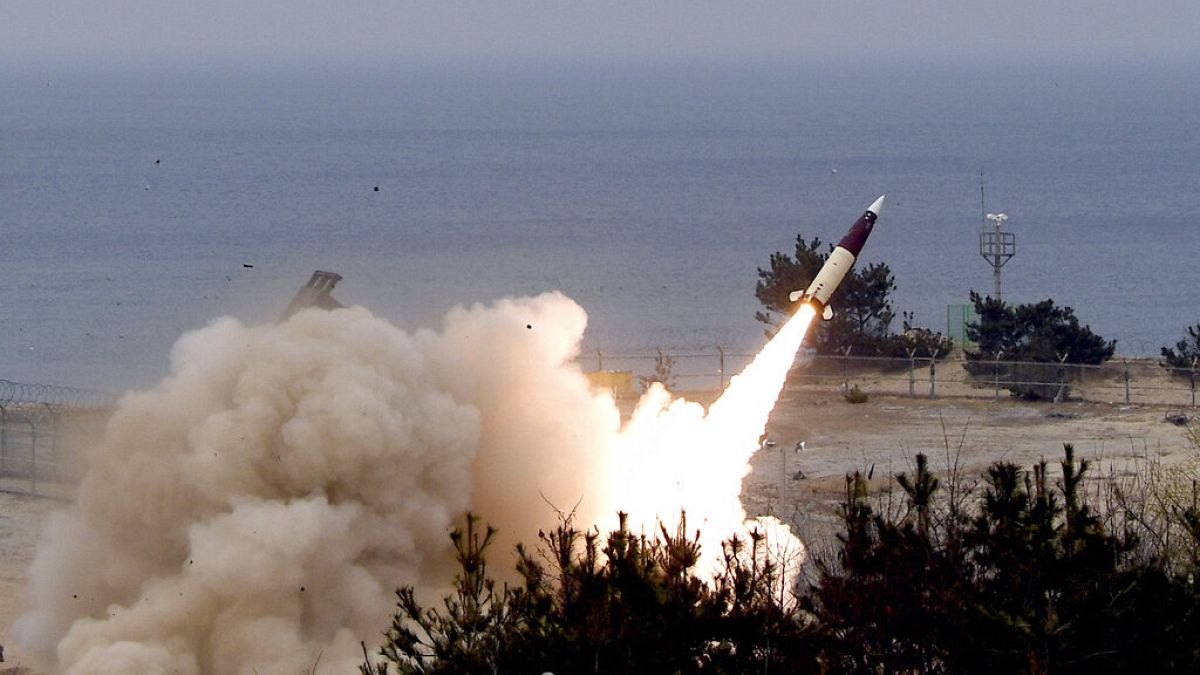


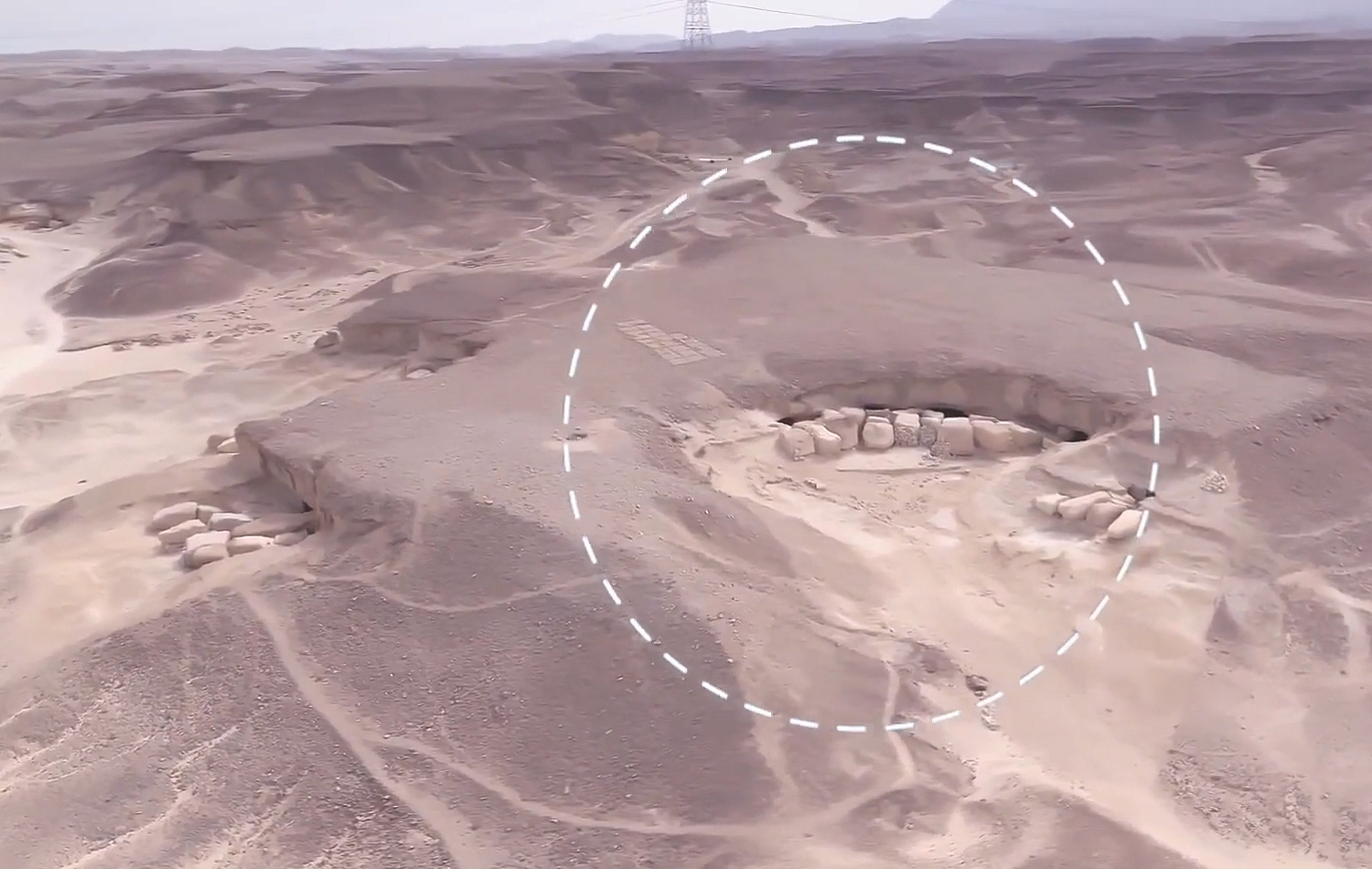










_(1).jpg)
